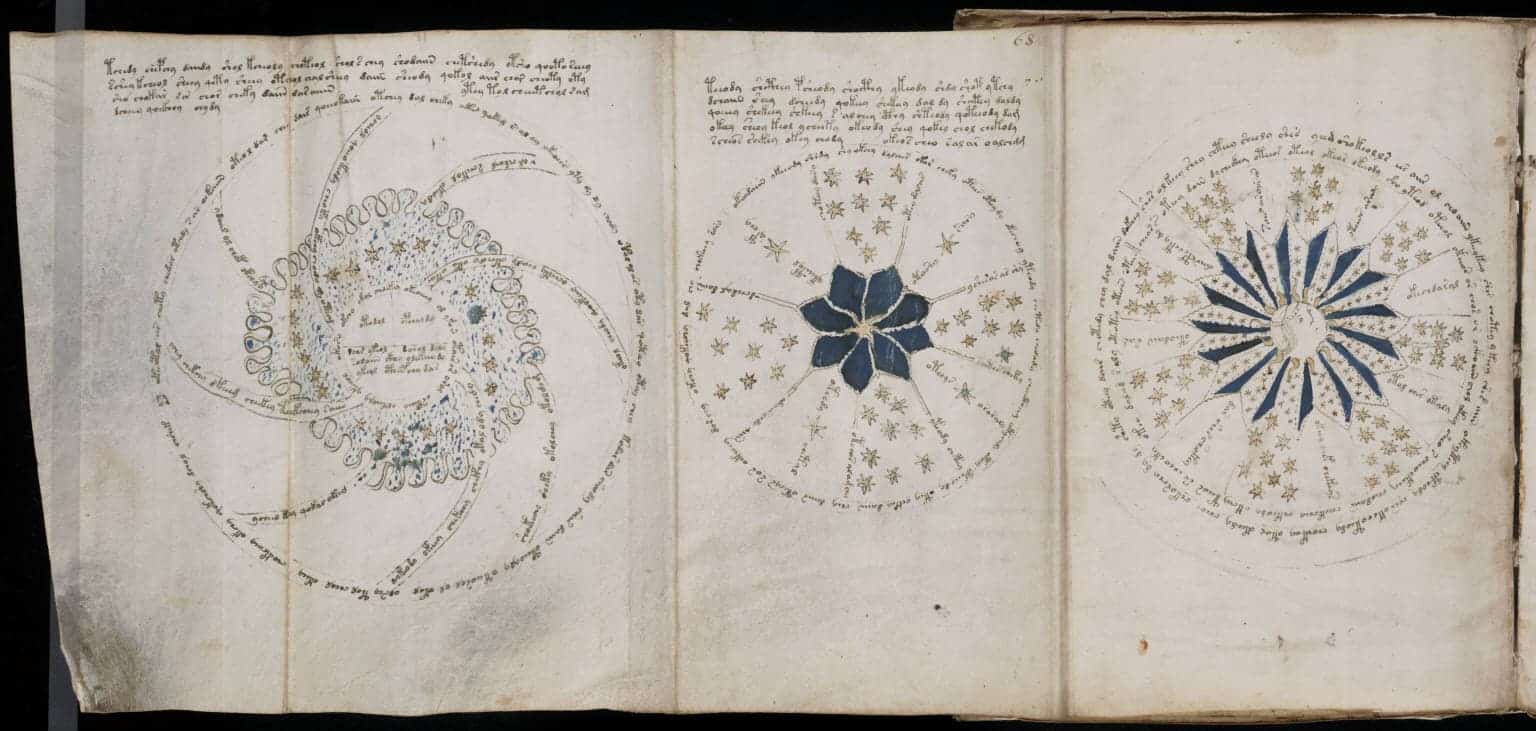Using big data, a massive text analysis study recently revealed universal narrative structures that have gone under the radar until now. These frequently used narrative arcs create an apparently “invisible” blueprint for storytelling structure across generations and cultures.

Researchers have long tried to identify the most basic properties of stories and what makes them compelling or special. Stories appear in virtually all cultures, and some have even suggested that stories are intertwined with our evolution as a species. But while stories are so ubiquitous, the underlying social psychological processes that drive them are very difficult to observe using scientific tools.
“We all have an intuitive sense of what defines a story. Until now, no one has been able to objectively see or measure a story’s components,” UT Austin professor of psychology and co-author James Pennebaker, who is the founder and director of the Pennebaker Language Lab, said in a news release.
Pennebaker and his co-authors used computer-based language analysis methods to study about 40,000 traditional narratives such as novels and movie scripts and roughly 20,000 nontraditional narratives such as science reporting, TED talks, and Supreme Court opinions, among others
The computer algorithms used for text analysis were designed to track pronouns, articles, short function words” and several other structural and psychological categories of language. Their analytic strategy also involved quantifying the rates of function and cognitive words across each text.
What’s in a story
The extensive text analysis revealed a consistent “narrative curve” underlying storytelling structure in most traditional narratives. This consists of a three-step process: (1) staging, (2) plot progression, and (3) cognitive tension. These are the main elements of each step:
- Staging: Stories usually start with a lot of prepositions and articles like “a” and “the,” like saying “the house was next to the lake, below a cliff.” Articles and prepositions are used by authors to set the scene and convey the most basic information the audience will need to understand concepts and relationships as the story goes.
- Plot progression: After setting the stage, authors usually add more interactional language to the story such as auxiliary verbs, adverbs and pronouns. For example, “the house” becomes “her home” or “it.”
- Cognitive tension: Cognitive-processing words appear closer to the climax of the story. They are action-type words, such as “think,” “believe,” “understand” and “cause.” They reflect the thought process of the protagonist, seeking to solve a dilemma.
“If we want to connect with an audience, we have to appreciate what information they need, but don’t yet have,” said study lead author Ryan Boyd. “At the most fundamental level, humans need a flood of ‘logic language’ at the beginning of a story to make sense of it, followed by a rising stream of ‘action’ information to convey the actual plot of the story.”
However, although a consistent underlying structure emerged across many stories, there was no evidence to suggest that adherence to a strict structure is linked to story popularity. The quintessential properties of narratives show a remarkable balance between structure and creativity.
For the study, the researchers compared the fictional story structure to more than 30,000 factual texts, including 28,664 New York Times articles, 2,226 TED Talks and 1,580 Supreme Court opinions. While this seems a lot, they argue more research is needed, and this is just the beginning. We are only now beginning to understand the structure and function of stories from an empirical, scientific perspective.
“We are only now beginning to understand the structure and function of stories from an empirical, scientific perspective. Several questions remain for future research,” the authors concluded. “Future work should more deeply explore the psychological function of such structures.”
The study was published in the journal Science Advances.






